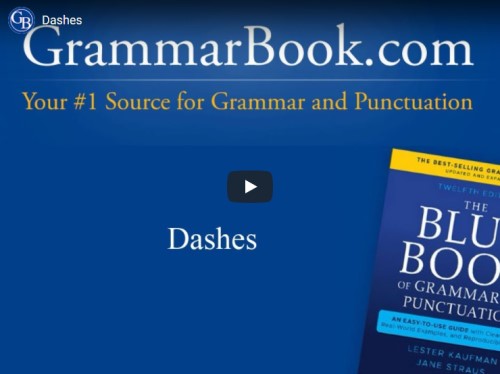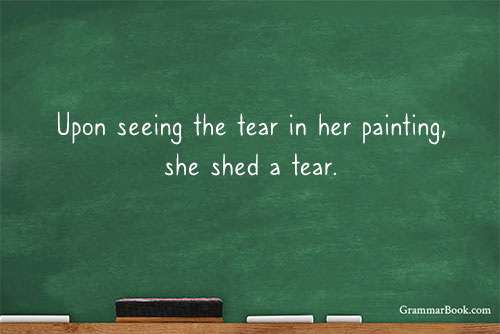|
We write in order to inform, explain, express, persuade, and entertain. Through our proficiency with grammar and vocabulary, we enhance our ability to further develop interpersonal meaning and intelligence as well as the exchange of knowledge that shapes our perception of truth.
Writing also lets us look further into the heart of human expression: to locate and identify feelings, thoughts, and ideas beneath the surface of something described. This is where writing can move us from method or technique into art.
What Is the Definition of a Motif?
Originating from the French word for "motive," "pattern," and "figure," a motif is a recurring idea, meaning, or concept within a composition. It can take numerous forms, such as a symbol; a sound, smell, or color; a location; an action; or synonyms for a principal concept. It can appear in different degrees of subtlety or clarity, making the motif a collection of clues or an array of overt indicators.
When aptly applied, motifs can evoke and deepen a reader's involvement with a composition. For example, a motif could be hope. Without specifying "hope," the writer might repeat references to "faith," "promise," "trust," and "belief." There might also be a recurring central image of hope, such as a street lamp that has never stopped shining or a fountain that continues to flow from rubble around it.
Just a few of many other possible motifs might be:
| love |
freedom |
| greed |
the fate of wrongdoing |
| ambition |
conflicting cultures or values |
| acceptance |
the lingering impact of the dead upon the living |
Examples of Motifs in Literature
Not all writing includes a motif, and some writers are better known for using one than others. William Shakespeare frequently used motif in his work (e.g., bloody hands in Macbeth, light and dark in Romeo and Juliet, ears and hearing in Hamlet).
Other examples of motifs in well-known compositions include:
the mockingbird as a symbol of harmless innocence in Harper Lee's To Kill a Mockingbird
the conch shell as a representation of civilized order in William Golding's Lord of the Flies
the green light across the water as what Gatsby desires but cannot reach in F. Scott Fitzgerald's The Great Gatsby
travel on Route 66 as the pursuit of the American Dream and grapes as the fruit of one's labor in John Steinbeck's The Grapes of Wrath. |
Difference Between Motif and Leitmotif
At times we may also come across references to leitmotif. Related to motif, leitmotif concerns an identifying element of a particular feature or character in a work.
Leitmotif has roots in opera, where a recurring musical line or melody would accompany a situation, idea, or person during a performance. The German composer Richard Wagner was known for his use of leitmotif.
A contemporary example of leitmotif is the music of the imperial march when Darth Vader appears within the Star Wars movies.
Difference Between Motif and Theme
Motif and theme are different, and the distinction can sometimes be blurred.
A work's theme is the overarching message the writer aims to convey. In other words, motifs give greater context to what the theme is and help readers infer it.
Referring to our earlier motifs for hope (faith, a street lamp that never stops burning, a fountain that continues to flow), the author might use them to establish the primary theme that the will to press on can overcome even a seemingly hopeless situation.
In sum, simply remember that repeated symbols make a motif and an established motif supports or reveals the theme. Mastery of these literary devices will give your writing even greater power, depth, and meaning.
Related Topics
Synonyms: What Is a Synonym?
What Does Metaphor Mean?
Mood vs. Tone in Writing
|





